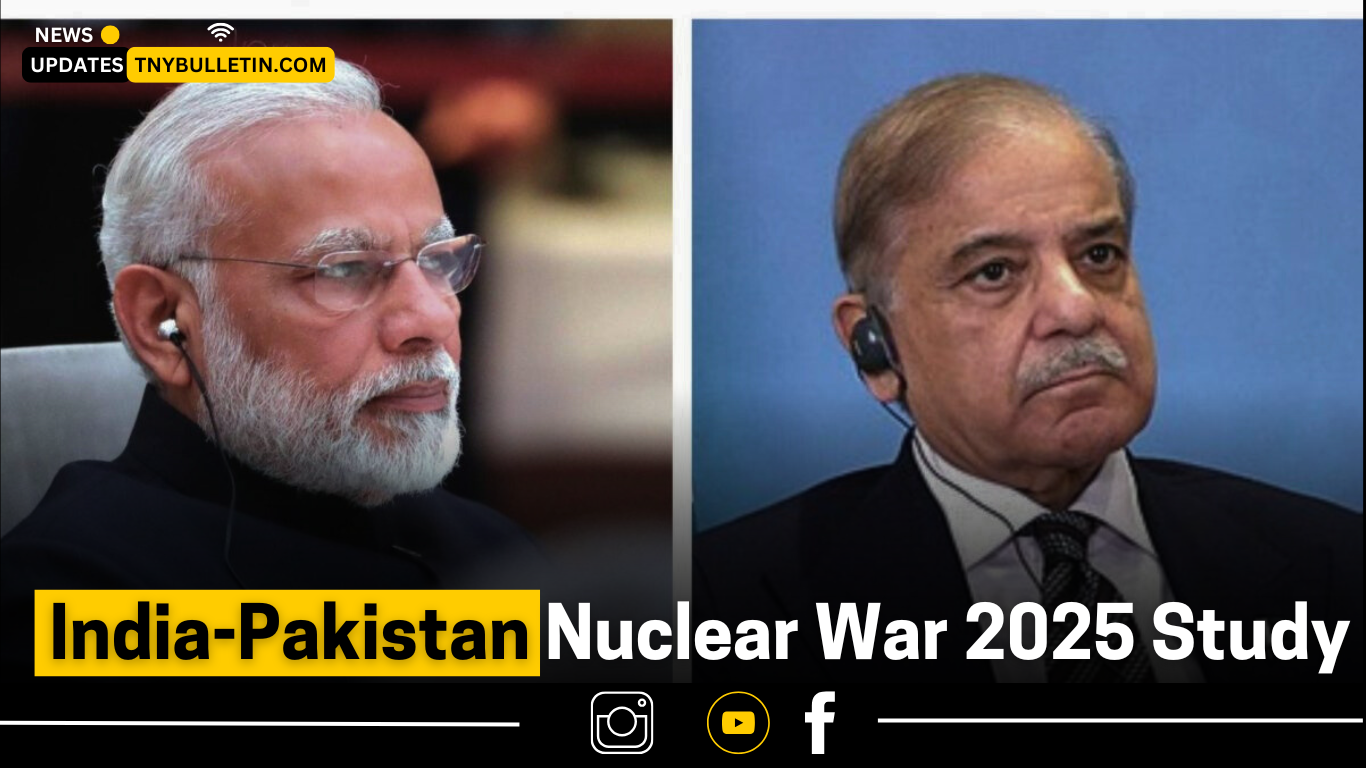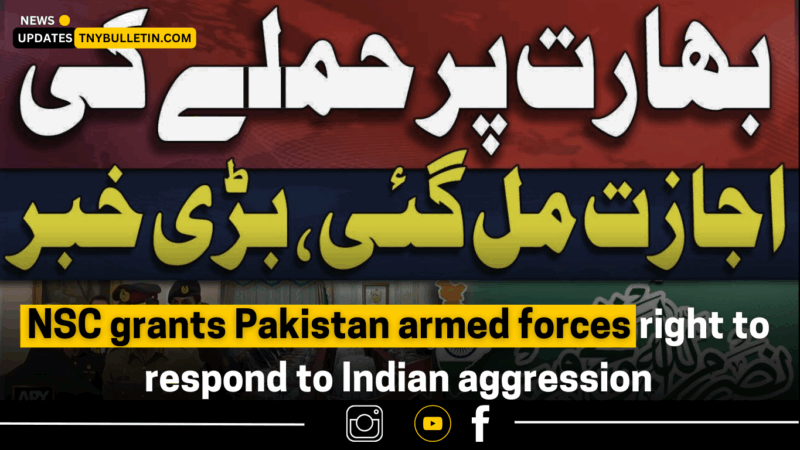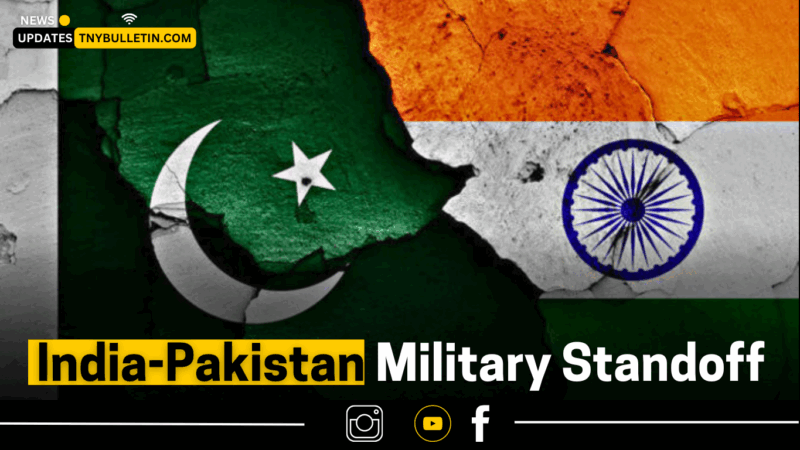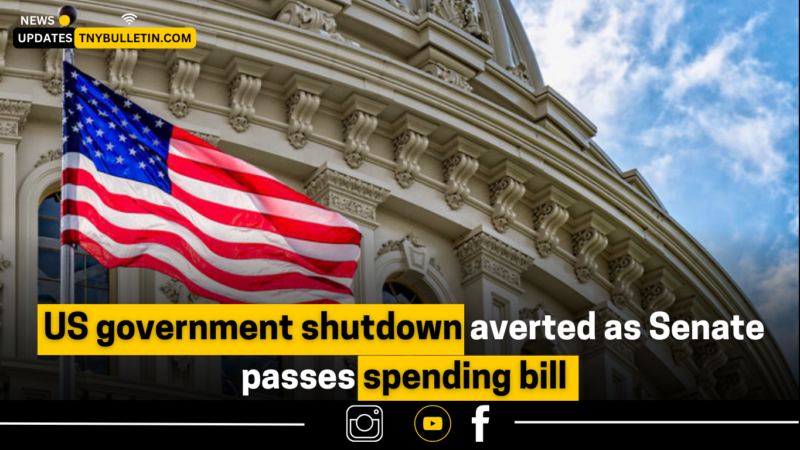India-Pakistan Nuclear War 2025: A Chilling Study’s Predictions and Global Implications

In 2019, a groundbreaking observation with the aid of the use by researchers from Rutgers University and the University of Colorado Boulder sent shockwaves through geopolitical circles. It modeled a nuclear war between India and Pakistan, predicting catastrophic consequences through 2025. With each country expanding its atomic arsenals and escalating tensions over Kashmir, this look at’s warnings is more pressing than ever. This article unpacks Have a Look’s findings, historic context, and pathways to forestall catastrophe.

The 2019 Study: Key Findings
The take a look at, posted in Science Advances, used climate models and population information to simulate a nuclear change between India and Pakistan.
Methodology and Projections
- Researchers assumed a state of affairs wherein India and Pakistan installed 250 nuclear warheads (mixed yield of a hundred kilotons). The version predicted:
- Immediate deaths: 50–100 twenty-five million from blasts, fires, and radiation.
- Soot emissions: sixteen–36 million tons of black carbon coming into the environment.
Immediate Impact: Casualties and Infrastructure
Major towns like Delhi, Karachi, and Mumbai might face close to destruction. Critical infrastructure—hospitals, transportation, and verbal exchange networks—would fall apart, crippling emergency responses.
Long-Term Climate Effects
The resulting “nuclear iciness” could plunge global temperatures by way of 2–5°C, decreasing rainfall by 15–30%. Crop screw-ups ought to trigger a 2 billion-individual famine inside a decade.
Historical Context of India-Pakistan Tensions
The roots of this warfare lie in the 1947 Partition and the unresolved Kashmir dispute.
The Kashmir Conflict
Kashmir, a Muslim-majority region claimed with the aid of each nation, has sparked three wars (1947, 1965, 1999) and ongoing skirmishes.India’s 2019 revocation of Article 370 intensified tensions, prompting Pakistan to downgrade diplomatic ties.
Previous Wars and Near-Misses
- 1971 War: Led to Bangladesh’s independence.
- 1999 Kargil Conflict: Nearly escalated to nuclear use.
- 2019 Balakot Airstrike: India-Pakistan aerial clashes raised worldwide alarms.
Why 2025? Geopolitical Triggers and Risks
The look at the 2025 timeline aligns with escalating army and political developments.
Military Modernization
Both countries are increasing nuclear arsenals (one hundred sixty warheads each) and growing tactical guns. Pakistan’s Nasr missile and India’s Agni-V ICBM blur traces among conventional and nuclear battles.
Political Flashpoints
- Kashmir’s popularity: India’s unilateral moves and gas separatist moves.
- Cross-border terrorism: Attacks like Pulwama (2019) hazard retaliation.
- Water disputes: China-Pakistan dam projects threaten India’s water safety.
Global Implications of a Nuclear Exchange
A regional war could have worldwide results.
Nuclear Winter and Crop Failures
Soot blocking off daylight would devastate agriculture. Corn and wheat manufacturing may additionally need to drop by using the usage of 15–30%, threatening food elements in import-structured countries like Yemen and Somalia.
Economic Collapse and Refugee Crisis
Global GDP should plummet through the use of 20–30%. Mass migrations from South Asia should stress neighboring nations, exacerbating political instability.
Pathways to Prevention
Avoiding catastrophe calls for urgent diplomatic movement.
Diplomatic Efforts and Mediation
- Third-birthday party mediation: The UN, the U.S., or China should broker Kashmir talks.
- Track II dialogues: Informal talks among pupils and ex-officers build acceptance as true.
Confidence-Building Measures
- Hotline improvements: Secure communication to save you miscalculations.
- No-first-use reaffirmation: India and Pakistan must publicly decide on NFU policies.
Conclusion
The 2019 look at is a dire caution: a nuclear conflict between India and Pakistan could be an international humanitarian disaster. While tensions simmer, diplomatic channels and grassroots activism provide a wish. The global community must act now to prevent 2025 from turning into a self-fulfilling prophecy.
FAQs
1. What did the 2019 report take a look at, except approximately an India-Pakistan nuclear conflict?
The forecast looks at as many as one hundred and twenty-five million on-the-spot deaths, observed by means of a nuclear winter, causing worldwide famine affecting 2 billion human beings.
2. How would nuclear winter weather arise?
Soot from burning towns might block daylight, lowering temperatures and disrupting agriculture for a decade.
3. Are India-Pakistan tensions growing in 2023?
Yes, clashes over Kashmir, navy buildups, and political rhetoric make members of the family volatile.
4. Can this warfare be averted?
Yes, through diplomacy, battle de-escalation, and reinforcing no-first-use policies.
5. How could a nuclear war impact global food supplies?
Crop yields ought to drop by way of 15–30%, leading to mass hunger in vulnerable regions.





